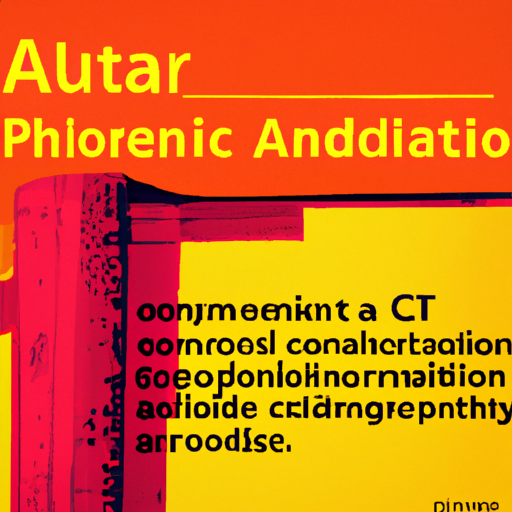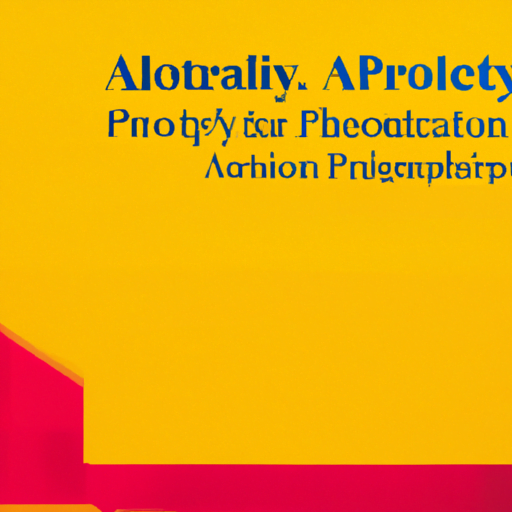
-
Table of Contents
- Typography in Annual Reports: Communicating Data Effectively
- The Importance of Typography in Annual Reports
- Best Practices for Typography in Annual Reports
- 1. Choose Appropriate Fonts
- 2. Establish a Clear Hierarchy
- 3. Utilize White Space
- 4. Use Consistent Formatting
- Case Studies: Effective Typography in Annual Reports
- 1. Apple Inc.
- 2. Coca-Cola
- Conclusion
Typography in Annual Reports: Communicating Data Effectively

Annual reports are essential documents that provide stakeholders with a comprehensive overview of a company’s financial performance, achievements, and future prospects. These reports often contain a wealth of data, including financial statements, charts, graphs, and other visual representations of information. However, presenting this data in a clear and engaging manner can be a challenge. This is where typography plays a crucial role.
The Importance of Typography in Annual Reports
Typography refers to the art and technique of arranging type to make written language legible, readable, and visually appealing. In the context of annual reports, typography plays a vital role in effectively communicating complex data to readers. Here’s why typography matters:
- Enhances readability: Well-designed typography improves the readability of the content, making it easier for readers to understand and absorb the information presented.
- Establishes hierarchy: By using different font sizes, weights, and styles, typography helps establish a visual hierarchy, guiding readers’ attention to the most important information.
- Creates visual interest: Thoughtfully chosen typography can add visual interest to an otherwise dry and technical document, making it more engaging and memorable.
- Reflects brand identity: Typography choices can convey a company’s brand personality and values, reinforcing its visual identity and creating a cohesive brand experience.
Best Practices for Typography in Annual Reports
When it comes to typography in annual reports, following best practices can significantly enhance the effectiveness of data communication. Consider the following tips:
1. Choose Appropriate Fonts
The choice of fonts can greatly impact the overall look and feel of an annual report. It’s important to select fonts that are legible and appropriate for the content and target audience. Here are some guidelines:
- Use serif fonts (e.g., Times New Roman, Georgia) for body text, as they are generally easier to read in print.
- Opt for sans-serif fonts (e.g., Arial, Helvetica) for headings and subheadings to create a visual contrast and hierarchy.
- Avoid decorative or overly stylized fonts that may compromise readability.
2. Establish a Clear Hierarchy
Annual reports often contain a vast amount of information, and establishing a clear hierarchy is crucial to guide readers through the content. Typography can help achieve this by:
- Using larger font sizes for headings and subheadings to differentiate them from body text.
- Using bold or italic styles to emphasize key points or important data.
- Using bullet points or numbered lists to break down complex information into digestible chunks.
3. Utilize White Space
White space, also known as negative space, refers to the empty areas between elements in a design. It plays a vital role in improving readability and creating a sense of visual balance. In annual reports, white space can be used to:
- Separate different sections or chapters, making it easier for readers to navigate through the report.
- Highlight important data or key messages by giving them more breathing room.
- Avoid clutter and make the overall design feel more spacious and organized.
4. Use Consistent Formatting
Consistency is key when it comes to typography in annual reports. By maintaining a consistent formatting style throughout the document, you can create a cohesive and professional look. Consider the following aspects:
- Consistent font choices for headings, subheadings, and body text.
- Consistent use of font sizes, weights, and styles.
- Consistent alignment and spacing between elements.
Case Studies: Effective Typography in Annual Reports
Let’s explore a couple of case studies that demonstrate the power of typography in annual reports:
1. Apple Inc.
Apple’s annual reports are known for their clean and minimalist design, which is reflected in their typography choices. The reports use a combination of sans-serif fonts for headings and body text, creating a modern and sleek look. The use of ample white space and consistent formatting enhances readability and allows the data to shine.
2. Coca-Cola
Coca-Cola’s annual reports often feature bold and vibrant typography that aligns with the brand’s energetic and dynamic image. The reports use a mix of serif and sans-serif fonts to create visual interest and establish a clear hierarchy. The typography choices, combined with engaging visuals, make the reports visually appealing and memorable.
Conclusion
Typography plays a crucial role in effectively communicating data in annual reports. By enhancing readability, establishing hierarchy, creating visual interest, and reflecting brand identity, typography helps transform complex information into a compelling narrative. By following best practices such as choosing appropriate fonts, establishing a clear hierarchy, utilizing white space, and maintaining consistent formatting, companies can create annual reports that engage and inform stakeholders. Remember, the right typography can make all the difference in effectively communicating data in annual reports.
